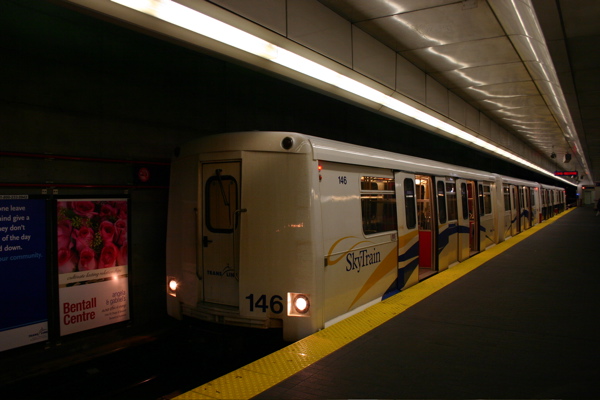Some of the smaller transport stories from the last 2 months. In chronological order:
Moorebank intermodal freight terminal (23 April)
The Federal government is to build a $1.6bn freight terminal in Moorbank in Sydney’s Southwest. The site will connect to a freight rail line with a direct link to the Port Botany, Chullora and Enfield industrial areas as well as the Southern Sydney Freight and Northern Sydney Freight Lines currently being constructed. The end result will be an estimated 3,300 truck trips taken off roads and onto rail each day.

The proposed Moorebank Intermodal freight terminal will be located in Southwest Sydney, with rail access to take trucks off the road. (Source: Department of Infrastructure and Transport)
The decision to go ahead with this project has been criticised by Qube Logistics, a group headed up by Chris Corrigan, which wanted to build and operate such a site itself. The advantage of Qube’s proposed terminal would be that it could be built at no cost to the taxpayer. However, the government site is both larger and closer to the freight rail line and it would also avoid the problem of a player in the logistics industry (Qube Logistics) owning a key piece of infrastructure and thereby being able to deny access to its competitors.
Crowding on trains is increasing (3 May)
Morning peak hour trains have an average of 1.23 passengers per available seat, an increase on 1.19 in the last year. According to the Cityrail report, the most crowded trains are on the Bankstown Line and the Western Line carries the most passengers, with only trains from the Eastern Suburbs and Blue Mountains having spare seats on average.

Train patronage March 2012. (Source: Cityrail)
Sydney Ferries will be privately operated starting July (3 May)
Veolia Transdev and Transfield Services will take over operation of Sydney Ferries as soon as next month. Ownership and planning of ferries, as well as the setting and collection of fares, will remain with the government and the Sydney Ferries brand will remain unchanged. Making ferries operate under a franchising model will bring them into line with the system used for the private bus network aswell as the light rail line, both of which are (mostly) publicly owned but privately operated. If this change results in a reduction in the cost to the government of operating the ferry network then expect speculation on whether the government will look to expand franchising to Sydney Buses and the rail network (particularly CountryLink).
Railcorp to be split into 2 entities (15 May)
Railcorp will be split into Sydney Trains (which will run the suburban part of the Cityrail network) and NSW trains (which will run the intercity part of the Cityrail network and the entirety of the CountryLink network). As part of this, 750 back office staff will be offered voluntary redundancies in order to cut costs and responsibility for cleaning will be put into a new subsidiary unit in order to improve cleanliness on trains and at stations. Nationals backbencher Andrew Gee denies that this is a step towards privatising CountryLink/NSW Trains. However, this would not appear to extend to a franchising of NSW Trains, as is being done with Sydney Ferries, particularly if the ferries plan is a success financially.
Quiet carriages made permanent (23 May)
After a trial of so called quiet carriages, they are to be made a permanent feature of Newcastle and Central Coast trains. A trial will now be done on the Blue Mountains and South Coast Lines.
1,200 new park and ride spots (29 May)
An additional 1,200 car parking spaces will be built at stations in order to encourage train use, as well as improvements to transport interchanges such as lifts, kiss and rise zones, and bus interchanges. Big winners are Sutherland (300 spaces), Oak Flats (230 spaces), Lindfield (240 spaces), and Gordon (160 spaces).
I sometimes wonder if park and ride is the most cost effective way of improving train patronage. For example, each new parking spot in Oak Flats costs $25,000, and is quite reasonable. But the cost for the other 3 stations ranges from $123,000 to $275,000 per parking space. (These amounts are inflated as they include the cost of other improvements, but are a good rough guide.) Above a certain price it surely must make sense to re-direct that money towards funding feeder buses rather than parking spaces.















